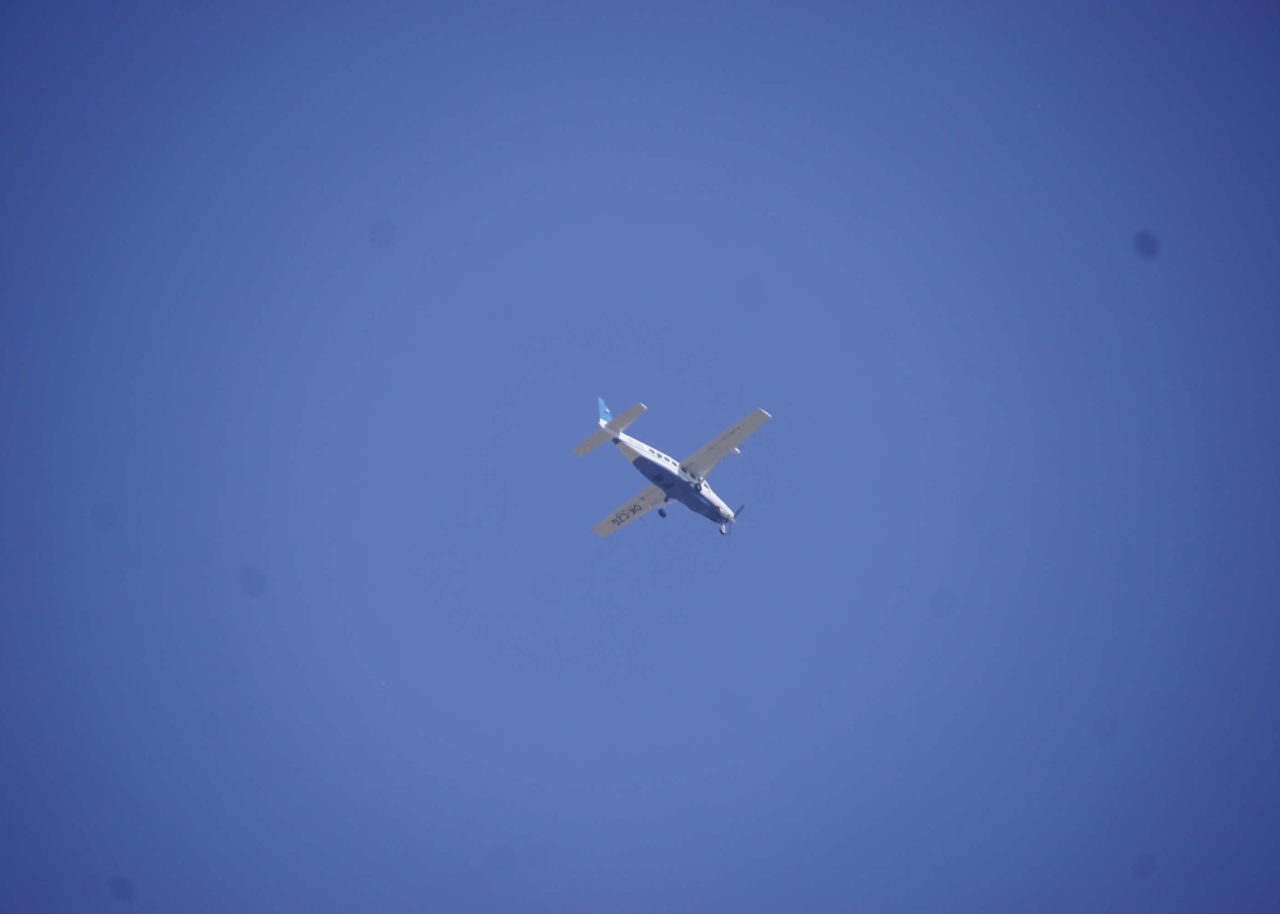
Fluorescence Explorer (FLEX) is a mission of the European Space Agency as part of the Heart Explorer program. The launch of FLEX is expected in 2022. It will be the first satellite mission only focusing on the fluorescence of the plants. The objective of FLEX will be the global mapping of Sun Induced Chlorophyll Fluorescence: from the equatorial forests to the poles. Chlorophyll fluorescence is a red faint glow that plants are emitting and it is related to their physiology, thus the undertsanding of this process at a global scale could give us a better picture of how ecosystems are working in terms of photosyntesis and carbon budget.

FloX system installed in Tuscany (Italy)
But the launch of a satellite is only the final step and before that many studies at the ground level are conducted during field campaigns. Hyplant sensor (Julich Research Center) is an imagine spectrometer simulating the specification of FLEX and enabling the fluorescence estimate from a plane.

FloX system installed in Switzerland over a mixed deciduous forest
This summer Hyplant is flying around all Europe, mapping areas characterized by different land cover type. In all the sites Hyplant flies FloX systems are installed on the ground for the continuous monitoring of the fluorescence emission.
Five diffferent ecosystems have been selected by scientists: a large homogeneous cornfield is monitored in Tuscany (Italy); in Germany is the turn of the fragmentated agricultural landscape dominated by sugar beet field in the surroundings of the Julich research center (Germany); in France the oak forest of the Observatoire Haute Provence is constantly monitored by the FloX from a 100 meters heigh tower; In Spain the ecosystem selected is the Dehesa, the so called european savanah, located in Extrema Dura region, terribly dry and hot in summer; finally the mixed broadlief forest of Switzerland are monitored.
All the data collected during these 2 months of campaigns will be analysed and processed this autumn and we are looking for the results!

FloX in its version TOGO, operated in the sugar beet field in Germany